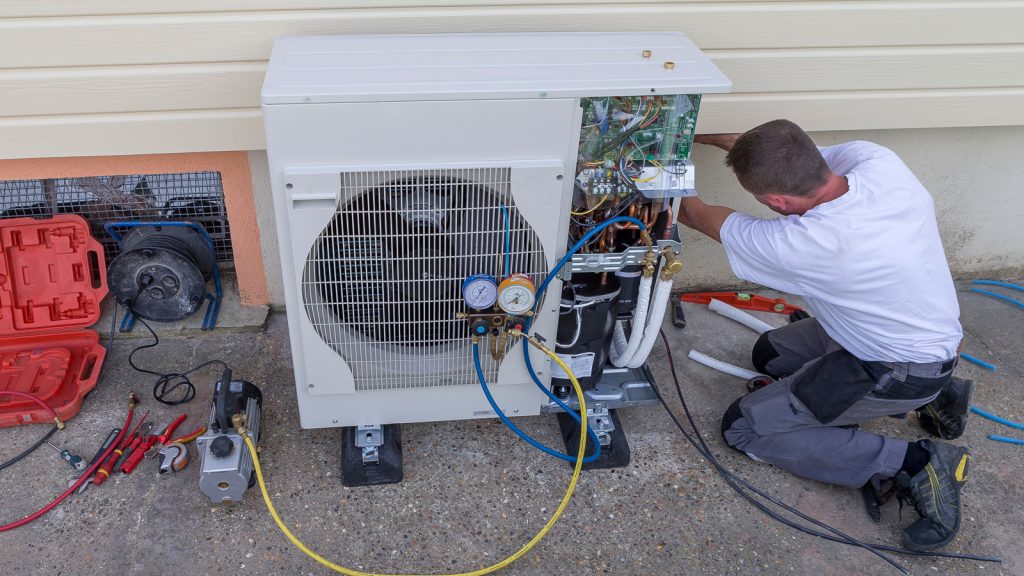Maximizing comfort in a home while maintaining energy efficiency has become increasingly important in recent years, and one of the most effective ways to achieve this is through the use of heat pumps. Heat pumps provide a versatile solution for heating and cooling a home, using significantly less energy than traditional heating systems like furnaces or electric baseboards. These systems are designed to move heat rather than generate it, making them incredibly efficient and able to maintain consistent temperatures throughout the year. By understanding how heat pumps work and how to optimize their use, homeowners can enjoy a high level of comfort while minimizing energy costs. A heat pump operates by transferring heat from one place to another, using a refrigeration cycle similar to that of an air conditioner or refrigerator. In the winter, the heat pump extracts warmth from the outside air, even when temperatures are cold, and transfers it inside to warm the home. In the summer, the process is reversed, with the heat pump removing warm air from inside the home and releasing it outside to cool the space. This two-in-one function makes heat pumps ideal for regions with mild to moderate climates, where both heating and cooling are required.

For areas with more extreme temperatures, additional backup heating or cooling systems can be used in conjunction with the heat pump to ensure optimal comfort. The primary advantage of a heat pump lies in its energy efficiency. Unlike conventional heating systems, which burn fuel or use electricity to generate heat, a heat pump simply moves existing heat from one place to another. This means that for every unit of energy consumed, a heat pump can deliver multiple units of heating or cooling, resulting in significant energy savings. The efficiency of a heat pump Jnod is measured by its coefficient of performance COP, which compares the amount of heat produced to the amount of energy used. A typical heat pump has a COP of around 3 or more, meaning it can provide three times the amount of heat for each unit of energy consumed. To maximize comfort and energy savings with a heat pump, proper installation and maintenance are essential. Ensuring that the heat pump is correctly sized for the home is crucial. An undersized unit will struggle to maintain consistent temperatures, while an oversized unit can result in wasted energy and unnecessary wear on the system.
Regular maintenance, including cleaning filters and ensuring that the outdoor unit is free of debris, can help maintain the heat pump is efficiency and prolong its lifespan. Additionally, homeowners can enhance comfort by using a smart thermostat, which allows for better control over temperature settings and can adjust based on daily schedules or occupancy, further optimizing energy use. Maximizing the benefits of a heat pump also involves integrating it with other energy-efficient practices in the home. Insulation and weatherproofing are key components in ensuring that heat is not lost through drafts or poorly sealed windows. By combining a heat pump with proper insulation and air sealing, homeowners can create an energy-efficient environment where the heat pump can perform at its best, delivering both comfort and cost savings year-round.
